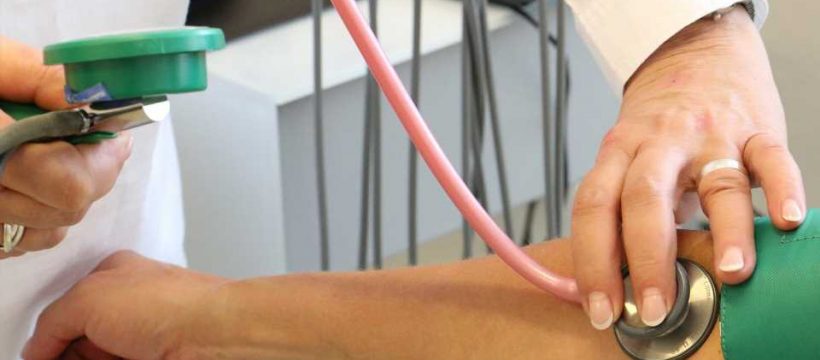
Blood pressure should be measured in both arms and the higher reading should be adopted to improve hypertension diagnosis and management, according to a new study.
The research, led by University of Exeter, analyzed data from 53,172 participants in 23 studies worldwide to examine the implications of choosing the higher or lower arm pressure.
The study, published in Hypertension, found that using the higher arm blood pressure reading reclassified 12 percent of people as having hypertension, who would have fallen below the threshold for diagnosis if the lower reading arm was used.
Although International guidelines advise checking blood pressure in both arms, the practice is currently not widely adopted in clinics.
Study lead Dr. Christopher Clark, from the University of Exeter, says that “high blood pressure is a global issue and poor management can be fatal. This study shows that failure to measure both arms and use the higher reading arm will not only result in underdiagnosis and undertreatment of high blood pressure but also under-estimation of cardiovascular risks for millions of people worldwide.”
The team found that using the higher arm measurement compared to using the lower arm resulted in reclassification of 6572 (12.4%) of participants’ systolic blood pressures from below to above 130 mm Hg, and 6339 (11.9%) from below to above 140 mm Hg, moving them above commonly used diagnostic thresholds for hypertension.
Dr. Clark says that “it’s impossible to predict the best arm for blood pressure measurement as some people have a higher reading in their left arm compared to right and equal numbers have the opposite. Therefore, it’s important to check both arms as detecting high blood pressure correctly is a vital step towards giving the right treatment to the right people.”
“Our study now provides the first evidence that the higher reading arm blood pressure is the better predictor of future cardiovascular risk.”
Source: Read Full Article
